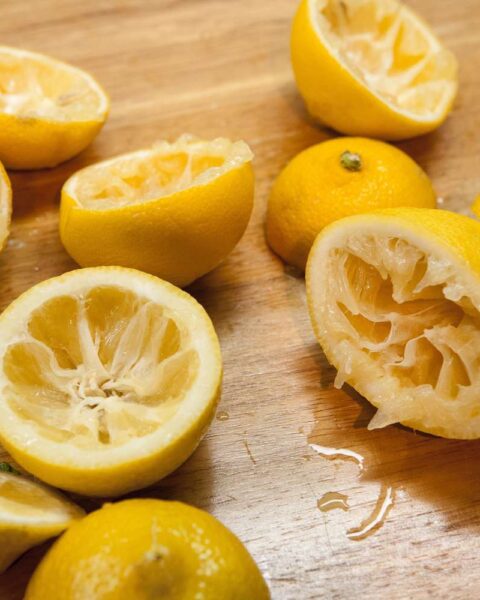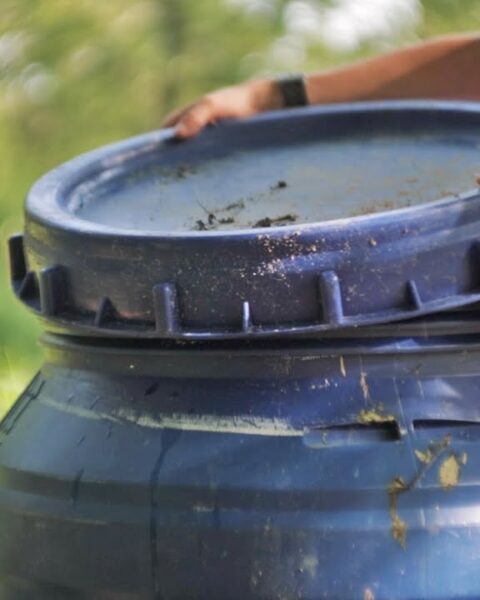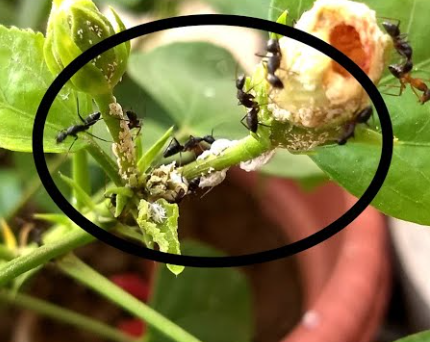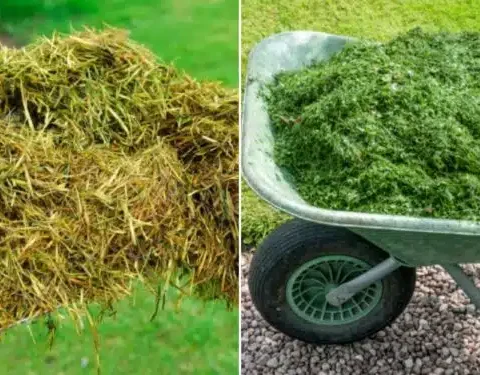Unlock the Secret to Thriving Gardens with Homemade Liquid Organic Fertilizer
In the realm of gardening, every green thumb aspires to nurture flourishing plants, vibrant blooms, and bountiful harvests. Yet, achieving such horticultural feats often relies on more than just soil and water. Enter liquid organic fertilizer, a potent elixir for garden vitality that can be crafted right in your own backyard.
What sets liquid organic fertilizer apart from its synthetic counterparts is its natural composition, free from harmful chemicals and environmentally friendly. Harnessing the power of organic matter, this liquid gold enriches the soil with essential nutrients, fostering robust plant growth while nurturing the delicate balance of the ecosystem.
Creating your own liquid organic fertilizer is a rewarding endeavor that not only reduces waste but also ensures a sustainable approach to gardening. Let’s delve into the secrets of concocting this magical brew:
The Ingredients:
- Compost: The cornerstone of organic gardening, compost is teeming with beneficial microorganisms and nutrients essential for plant health.
- Manure: Rich in nitrogen, phosphorus, and potassium, well-aged animal manure provides a nutrient boost to your plants.
- Seaweed: Packed with trace minerals and growth hormones, seaweed enhances plant resilience and vigor.
- Weeds: Transform pesky weeds into a nutrient powerhouse by fermenting them into fertilizer.
- Eggshells: A calcium-rich addition that fortifies plants against diseases and promotes strong cell structure.
The Recipe:
- Prepare the Ingredients: Gather your compost, manure, seaweed, weeds, and eggshells. Chop or crush larger materials to expedite decomposition.
- Mixing: Combine the ingredients in a large container or a compost bin. Aim for a balanced ratio, ensuring a diverse nutrient profile.
- Fermentation: Add water to the mixture, enough to cover the ingredients completely. Stir well and cover the container loosely to allow airflow. Let it ferment for 2-3 weeks, stirring occasionally.
- Straining: Once the fermentation process is complete, strain the liquid into a separate container, using a fine mesh or cheesecloth to remove solid residues.
- Dilution: Dilute the concentrated fertilizer with water at a ratio of 1:10 or as recommended for your plants’ specific needs.
The Benefits:
- Nutrient-Rich: Liquid organic fertilizer delivers a potent blend of nutrients directly to the roots, promoting rapid absorption and vigorous growth.
- Soil Health: Enriches the soil with organic matter, improving its structure, water retention, and microbial activity.
- Cost-Effective: Utilizes readily available materials, reducing the need for expensive commercial fertilizers.
- Environmentally Friendly: Minimizes chemical runoff and environmental pollution, fostering a sustainable gardening approach.
Application Tips:
- Apply the fertilizer during the cooler hours of the day to prevent evaporation and maximize absorption.
- Avoid over-application, as excessive nutrients can harm plants and disrupt soil balance.
- Regularly monitor plant health and adjust fertilization accordingly to meet their changing needs.
In conclusion, homemade liquid organic fertilizer epitomizes the essence of sustainable gardening, offering a holistic approach to nurturing thriving gardens. By harnessing the power of nature’s bounty, gardeners can unlock the secret to lush greenery, vibrant blooms, and abundant harvests, all while treading lightly on the planet. Embrace the art of homemade fertilizers, and watch your garden flourish into a vibrant oasis of life and beauty.





